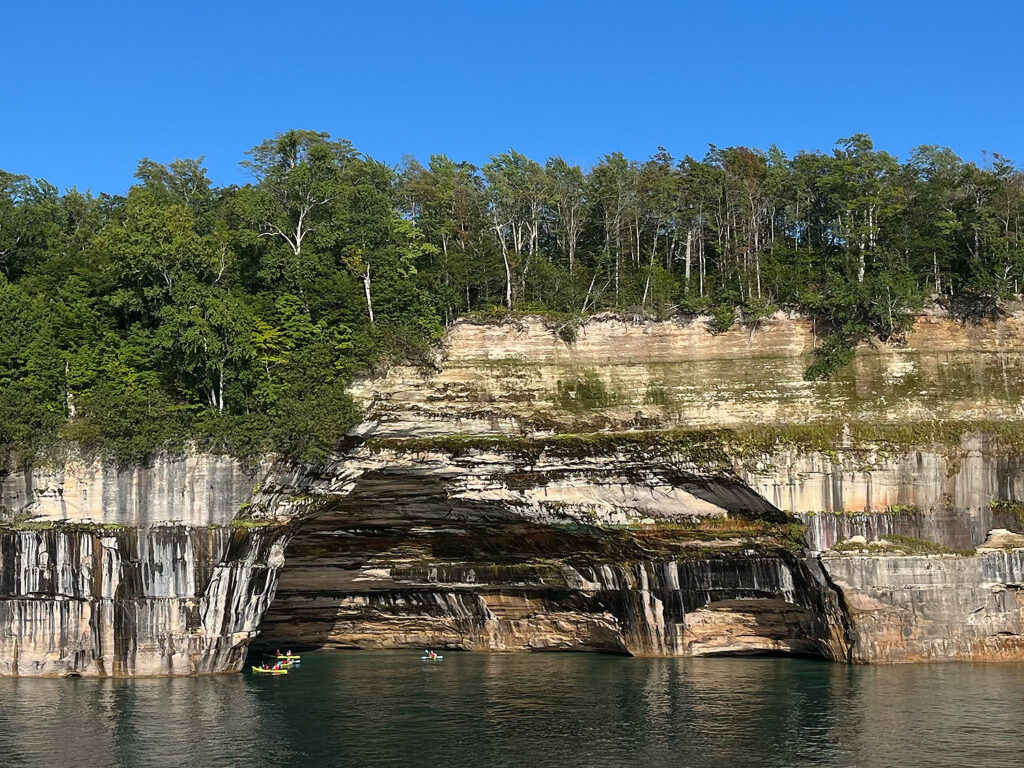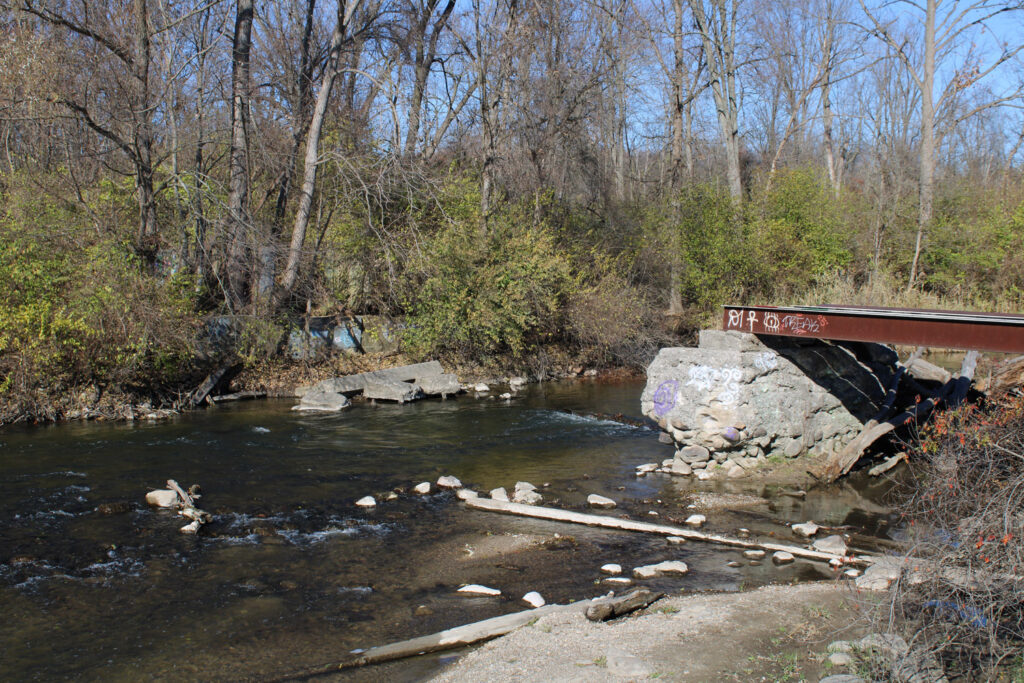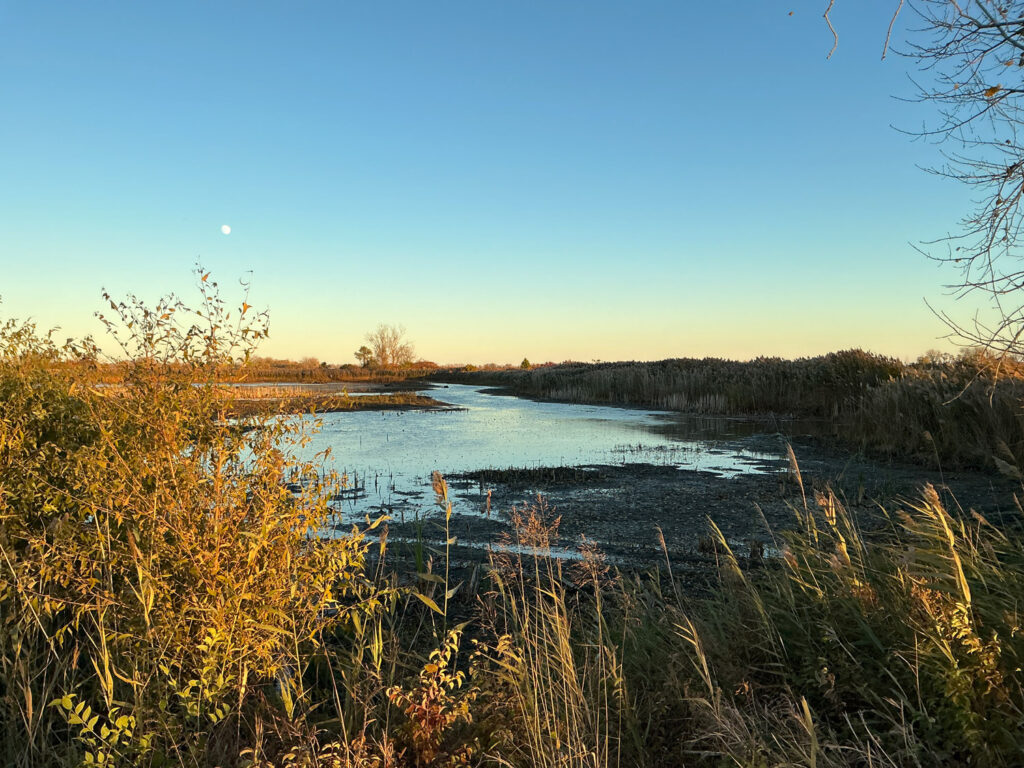Munising — Every summer, thousands of tourists gawk at Pictured Rocks National Lakeshore and wonder why they’re not in Wisconsin. Those stunning cliffs, those clean waters, that untouched wilderness, it’s truly all pure Michigan. And we have Ohio to thank for it.
The story goes back nearly 200 years to one of the pettiest political feuds in American history. Michigan wanted statehood. Ohio wanted Toledo. Congress, in its infinite wisdom, decided Michigan couldn’t have both. What followed was the Toledo War of 1835, a “war” that produced exactly one casualty (a Michigan deputy sheriff got stabbed with a penknife) but shaped the future of both states.
When Michigan applied for statehood, Congress gave them an ultimatum. Michigan could officially join the union as a state, but only if they give up their claim to Toledo and that valuable strip of land along Lake Erie. Ohio had been throwing a tantrum about the boundary dispute, and they had more electoral votes. Politics won out.
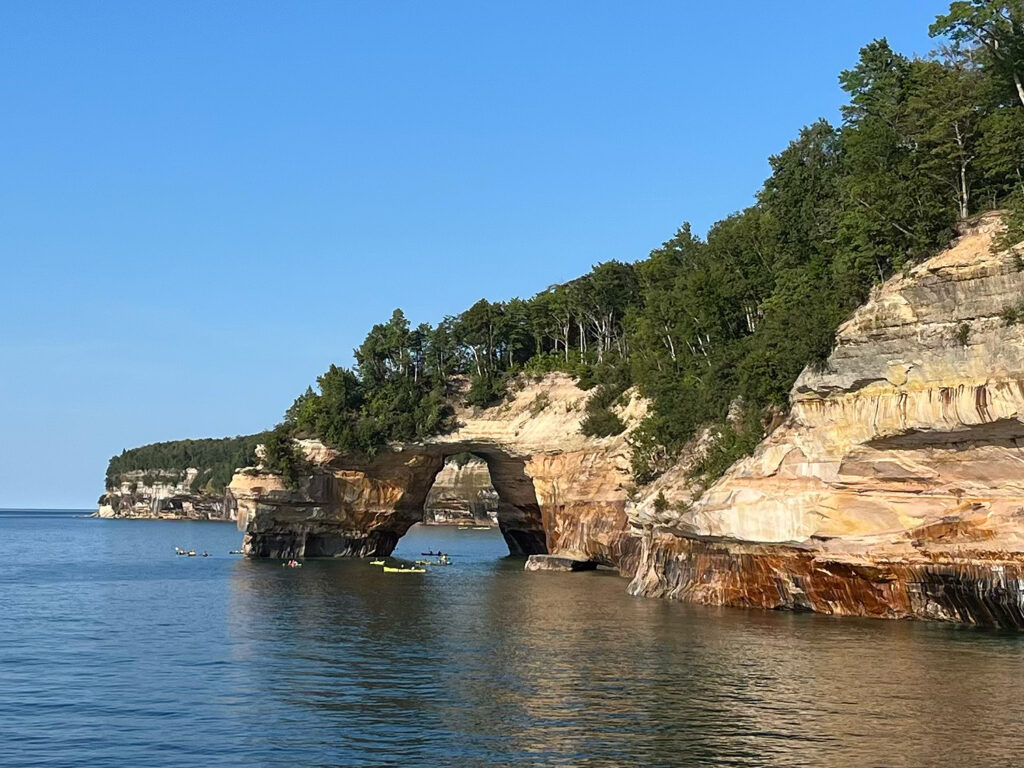
Michigan’s leaders were not pleased. Toledo was a major port city with serious economic potential at the time. In exchange for compliance, Congress offered what seemed like a disappointing consolation prize: the Upper Peninsula.
The U.P. had originally been part of Michigan Territory since 1818, and Michigan Territory originally extended west to include what would become Wisconsin and other parts of the Midwest. The Wisconsin Territory wasn’t even created until July 1836, just seven months before Michigan gained statehood in January 1837. The land was offered to Michigan before the Wisconsin Territory was even formed, so Wisconsin couldn’t claim it.
At the time, this almost felt like getting handed a pile of rocks and told it was treasure. The U.P. was thought to be a frozen wasteland populated by mosquitoes, bears, and fur trappers.
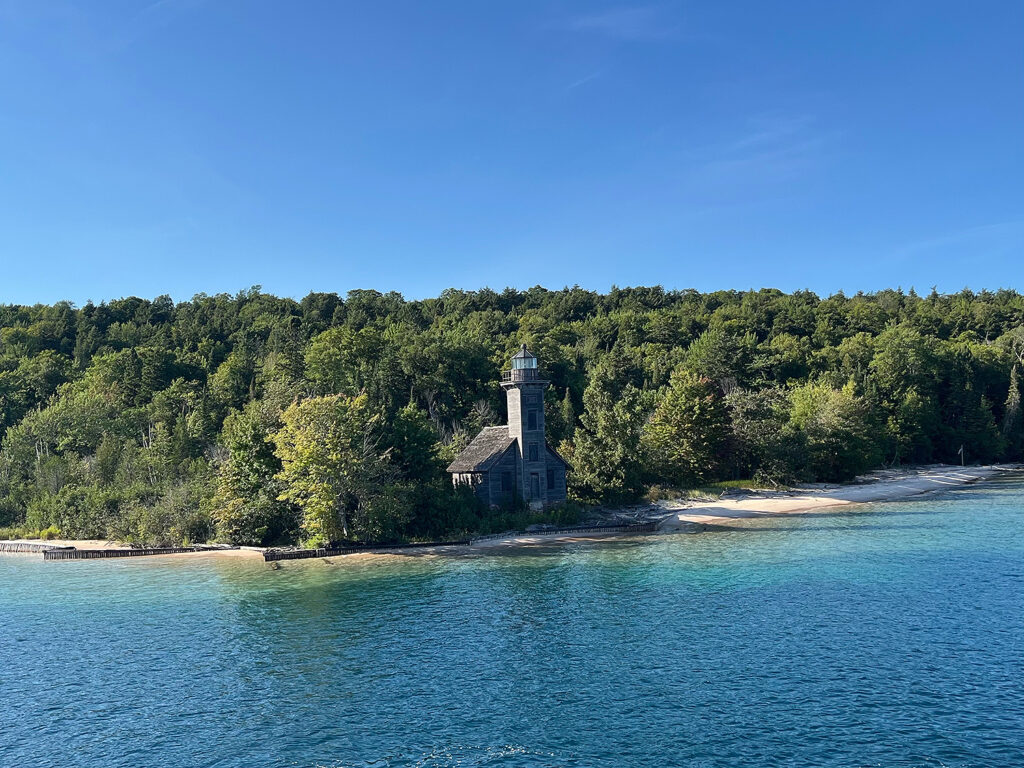
That was, until they discovered the copper and iron.
It turns out, those “worthless” rocks in the U.P. were sitting on some of the richest mineral deposits in North America: copper and iron ore. Instantly, mining towns like Copper Harbor started to crop up, and people moved in. My great-great-grandmother grew up there.
The Keweenaw Peninsula alone produced over 11 billion pounds of copper. The iron ranges supplied the steel that built America’s railroads, skyscrapers, and warships. Meanwhile, Toledo remained… Toledo. A decent glass-making port city, sure, but hardly the economic powerhouse Ohio thought it was getting.
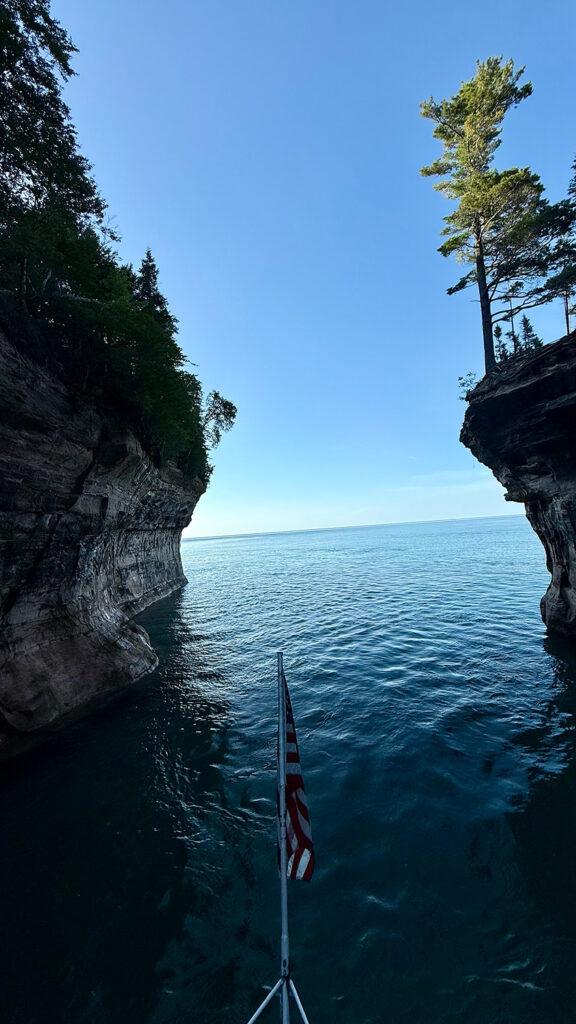
And the prize Michigan received wasn’t only the minerals. The U.P. eventually developed Yooper culture. The blend of Finnish, Cornish, and Native American influences created communities tough enough to survive in the harsh winters and proud enough to develop their own dialect. Pasties, sauna culture, snowmobiles, and a deep love of the outdoors make the U.P. feel like its own country.
Two incredible peninsulas, connected by the Mackinac Bridge, creating a state unlike any other. We’ve got Great Lakes coastline, wilderness that rivals any other part of the country, and mining history that helped build America. Ohio got Toledo, big whoop.
Every time someone visits Pictured Rocks, hikes the Porcupine Mountains, or crosses the Mackinac Bridge, they’re enjoying a consolation prize that was a frog who turned out to be a prince.
Nearly 200 years later, Michigan got the better end of that deal by a mile.
Tom Zandstra is a passionate outdoorsman and CEO of The Fair Chase. Follow him on X @TheFairChase1.
